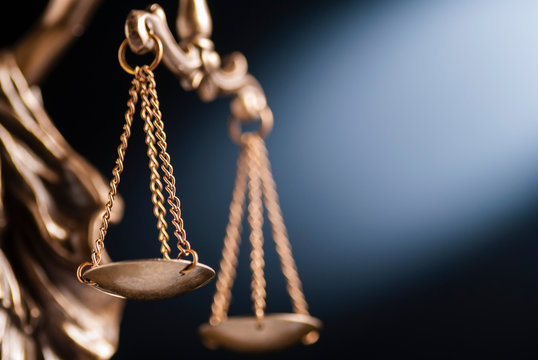Personal injuries can occur in various situations, ranging from car accidents to slip and fall incidents and medical malpractice. Each type of injury carries its own set of legal implications, and understanding these implications is crucial for individuals seeking compensation and justice. In this blog post, we’ll explore some of the most common types of personal injuries and discuss their legal implications in the context of seeking recourse through the legal system.
- Car Accidents: Car accidents are among the most common causes of personal injuries. Whether it’s a rear-end collision, intersection accident, or highway crash, car accidents can result in a wide range of injuries, including whiplash, broken bones, traumatic brain injuries, and spinal cord injuries. In legal terms, individuals injured in car accidents may be entitled to compensation for medical expenses, lost wages, property damage, and pain and suffering. Determining liability and proving negligence are critical aspects of car accident cases, and experienced legal help can help individuals navigate through these complexities.
- Slip and Fall Injuries: Slip and fall accidents can occur in various settings, including grocery stores, restaurants, workplaces, and private properties. These accidents can result in injuries such as broken bones, sprains, head injuries, and back injuries. In slip and fall cases, property owners may be held liable for injuries sustained on their premises if they failed to maintain safe conditions or address known hazards. Legal implications may involve premises liability matterss and the duty of care owed by property owners to visitors and patrons.
- Medical Malpractice: Medical malpractice occurs when healthcare providers fail to uphold the standard of care expected in their profession, resulting in harm to patients. Examples of medical malpractice include surgical errors, misdiagnosis, medication errors, and birth injuries. In medical malpractice cases, injured patients may be entitled to compensation for medical expenses, lost income, rehabilitation costs, and pain and suffering. Legal implications often involve complex medical and legal issues, requiring the expertise of experienced medical malpractice attorneys to navigate effectively.
- Product Liability: Product liability refers to the legal responsibility of manufacturers and sellers for injuries caused by defective or dangerous products. Common examples of defective products include defective medical devices, faulty automobile parts, and unsafe children’s toys. In product liability cases, injured consumers may pursue compensation for injuries and damages caused by the defective product. Legal implications may involve proving product defects, establishing causation, and determining liability among multiple parties in the product’s supply chain.
Conclusion: Understanding the common types of personal injuries and their legal implications is essential for individuals who have been injured due to the negligence or wrongdoing of others. By recognizing their rights and legal options, injured parties can take proactive steps towards seeking compensation and holding responsible parties accountable for their actions. With the guidance of experienced personal injury attorneys like Jennifer Lee Watson, individuals can navigate through the complexities of the legal system and pursue justice for their injuries.

